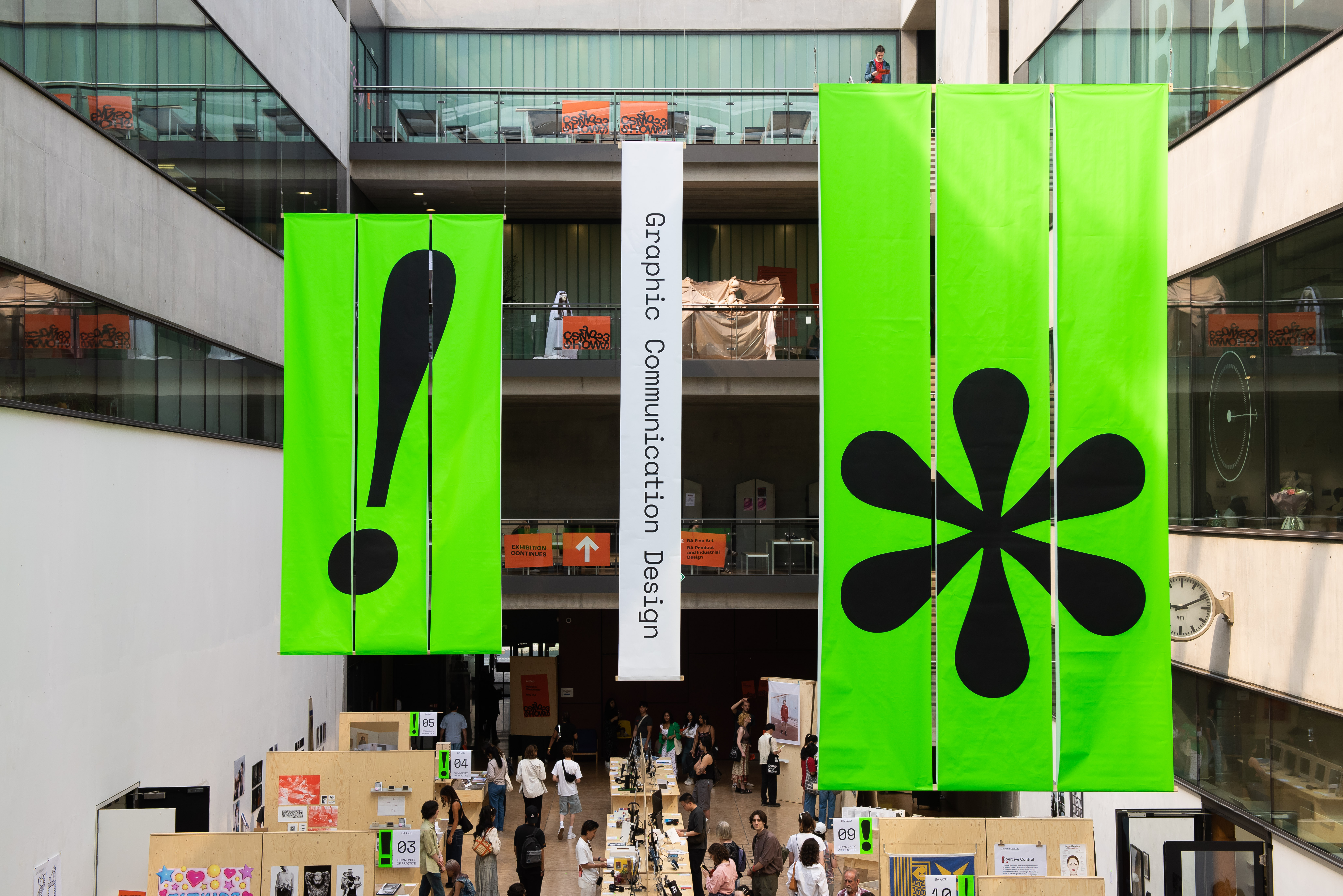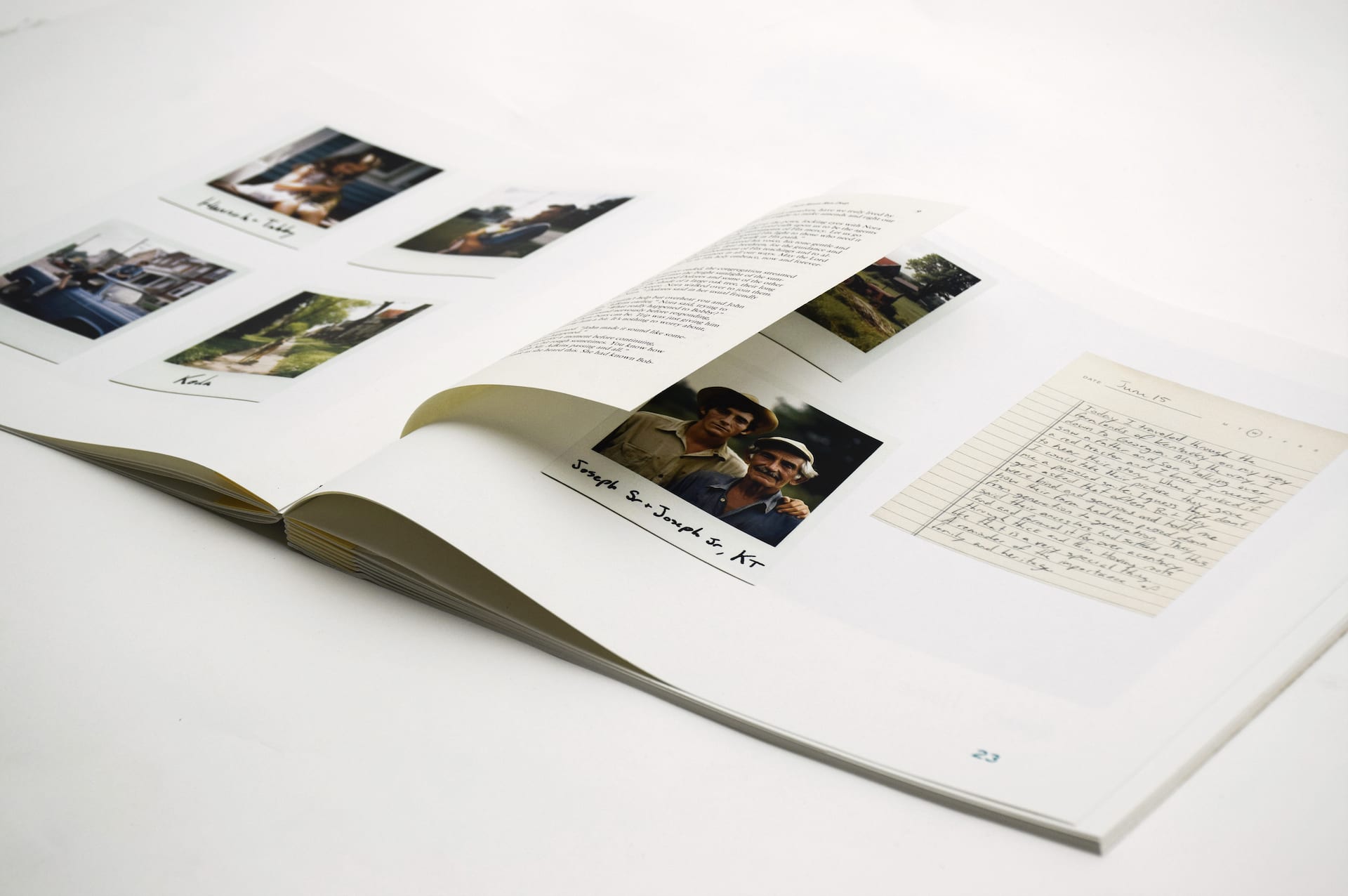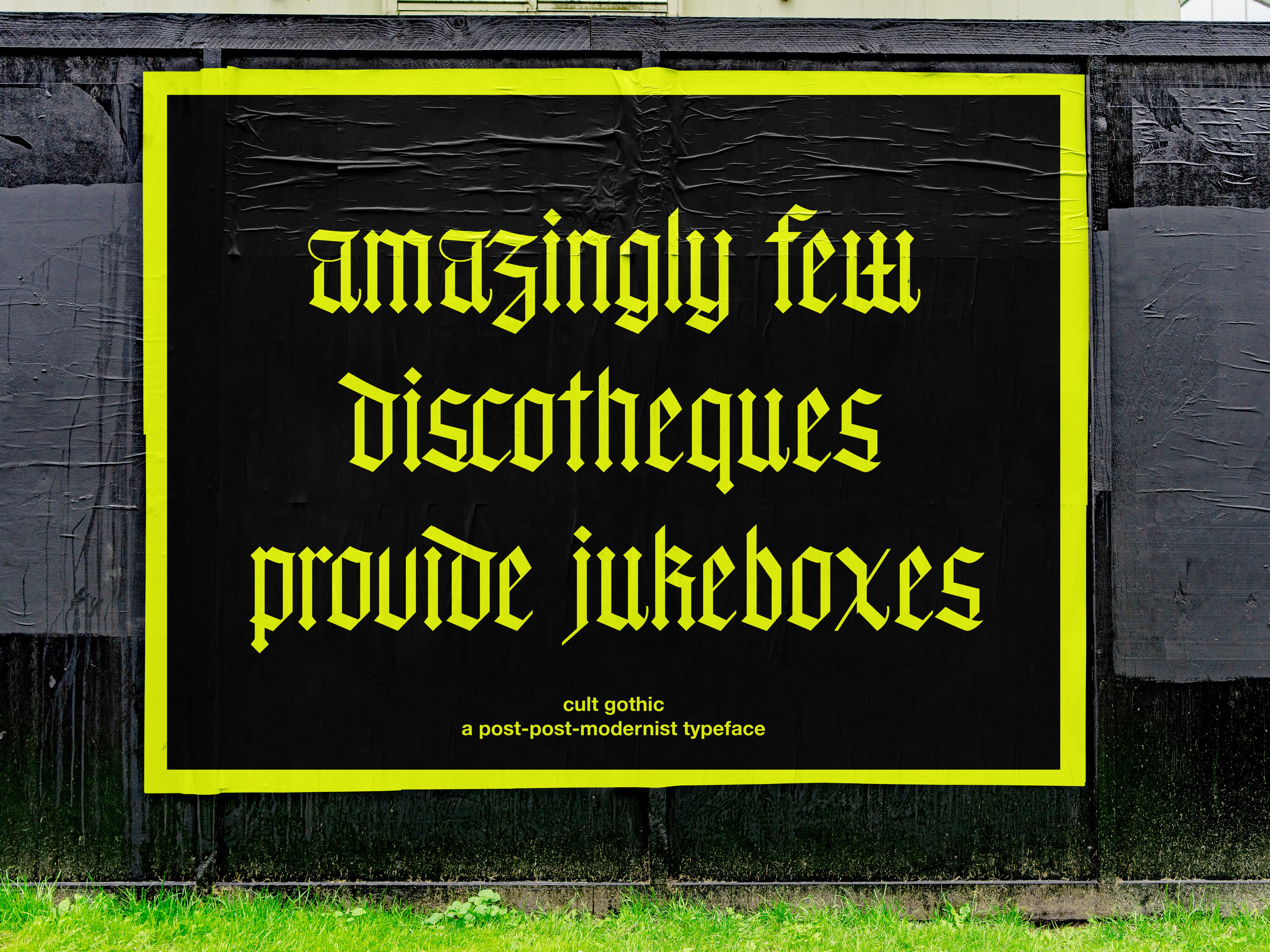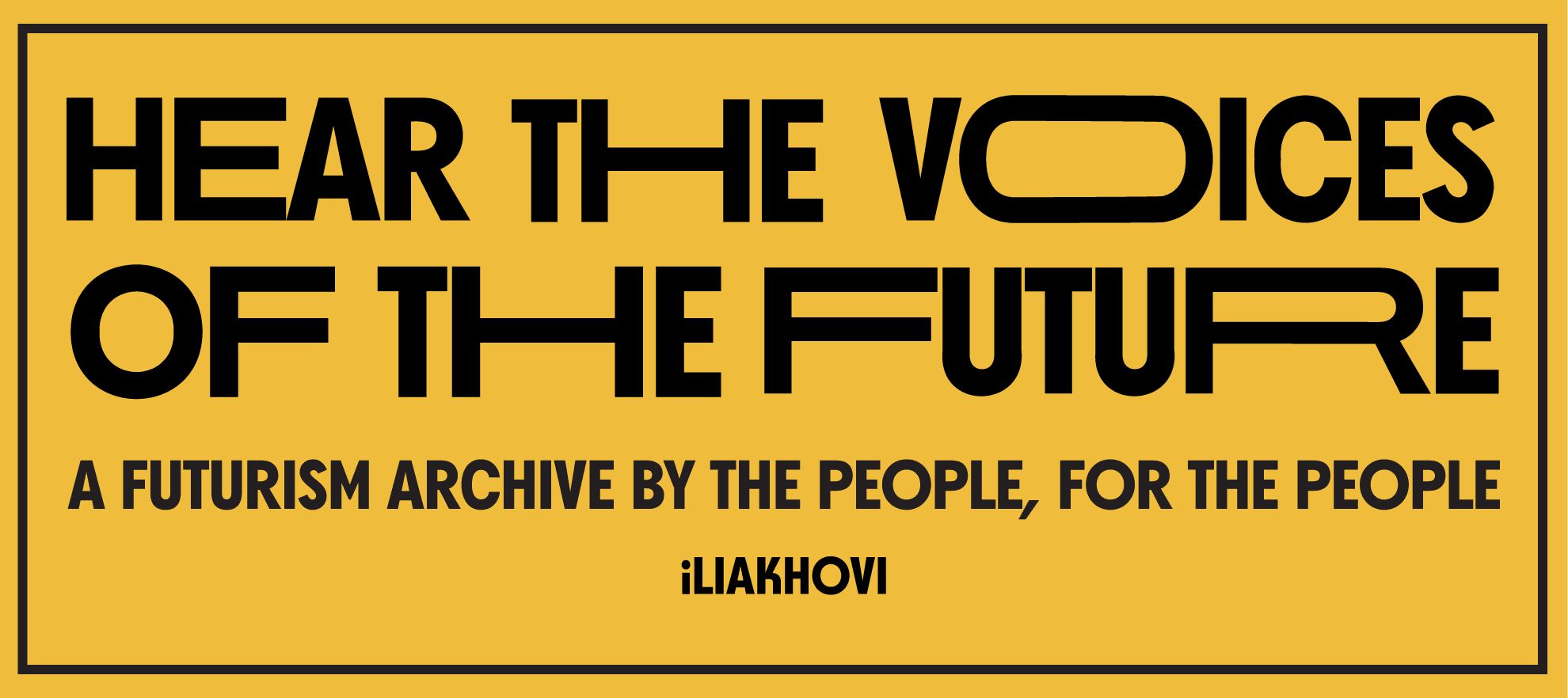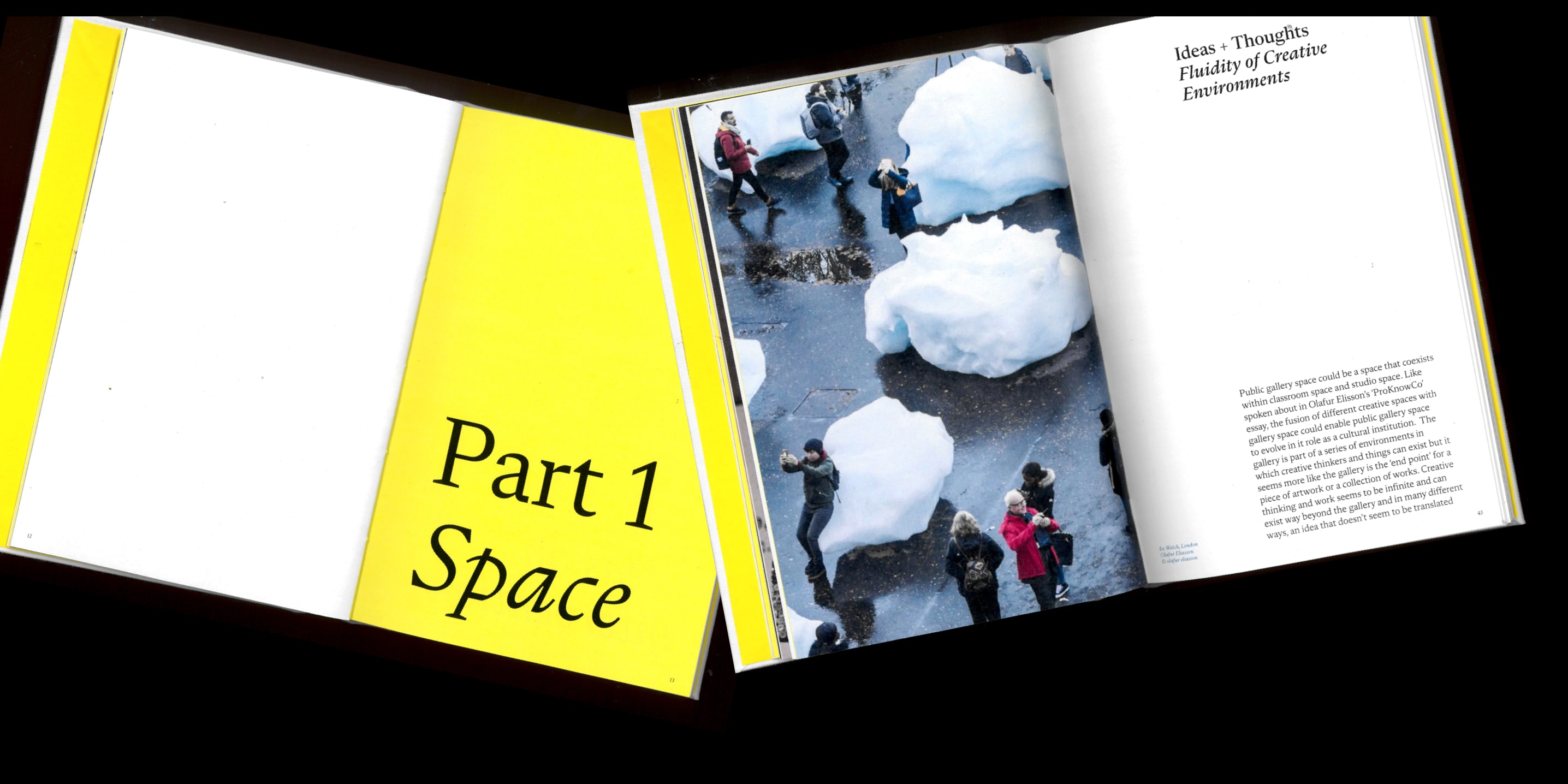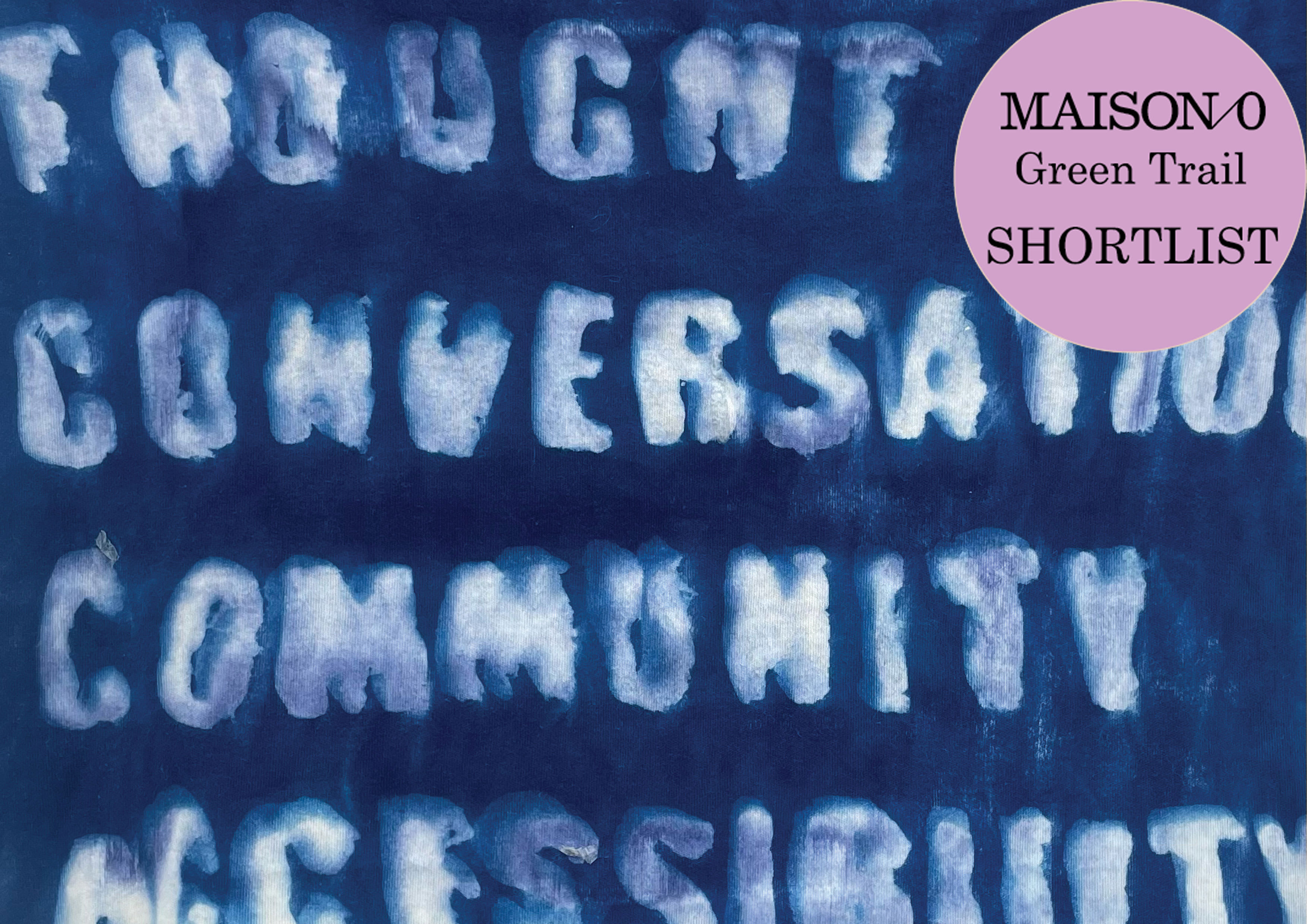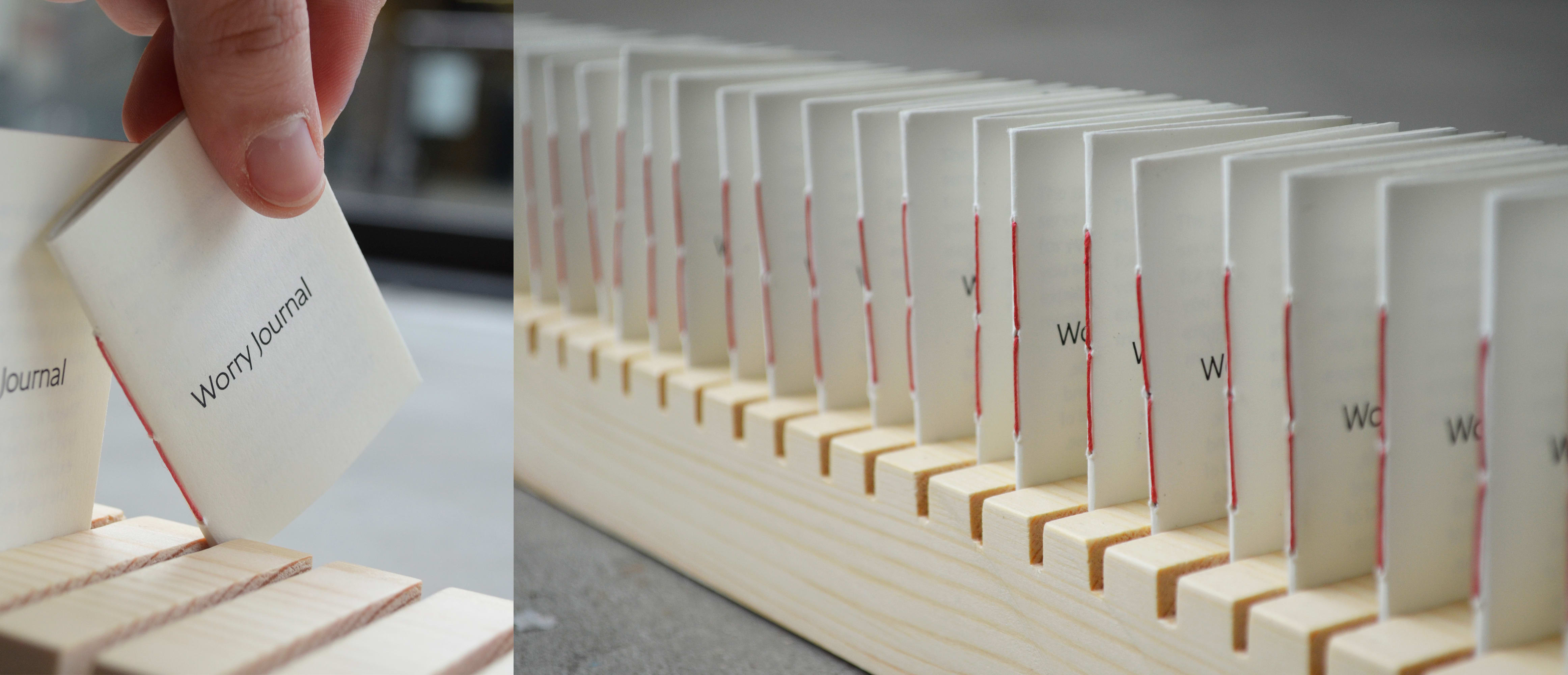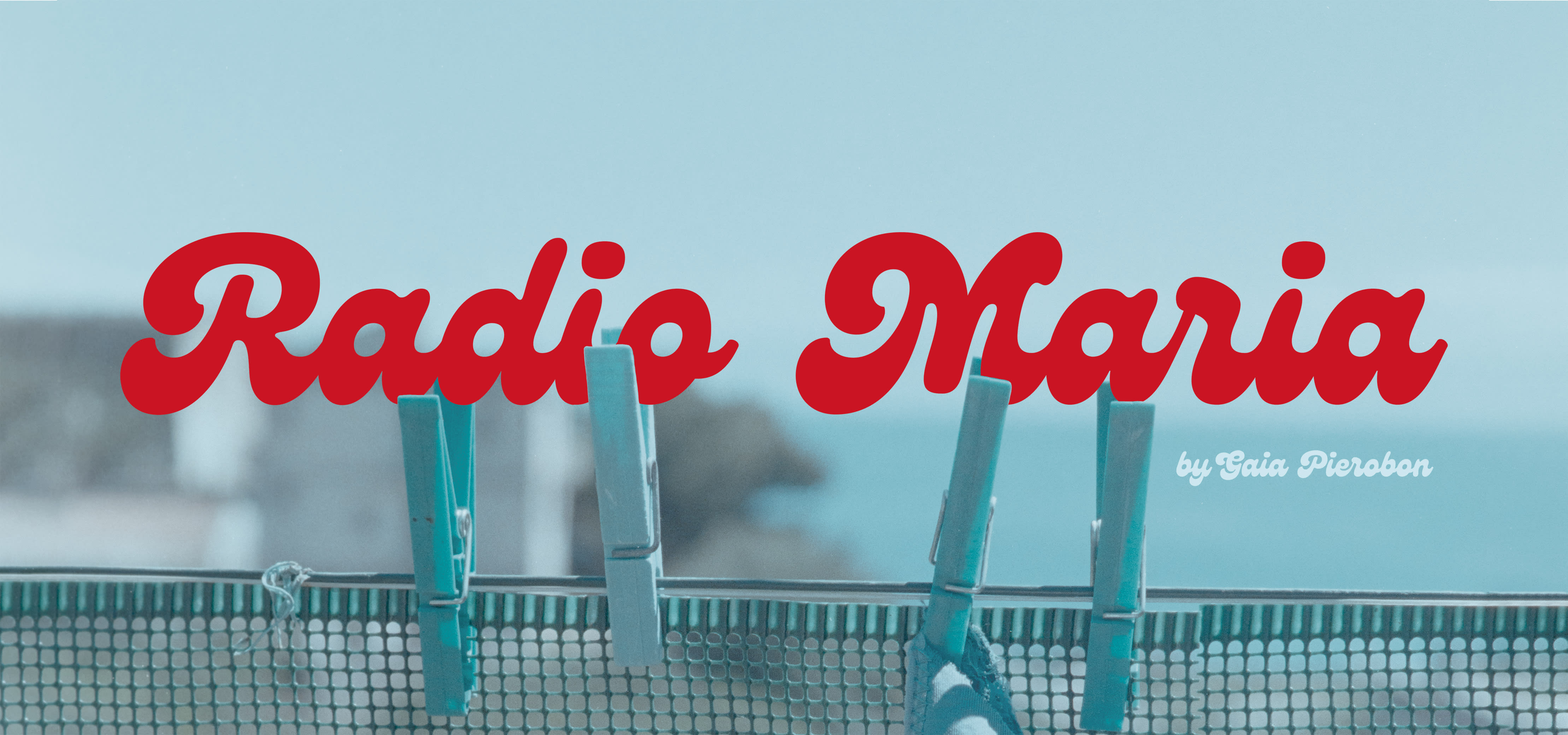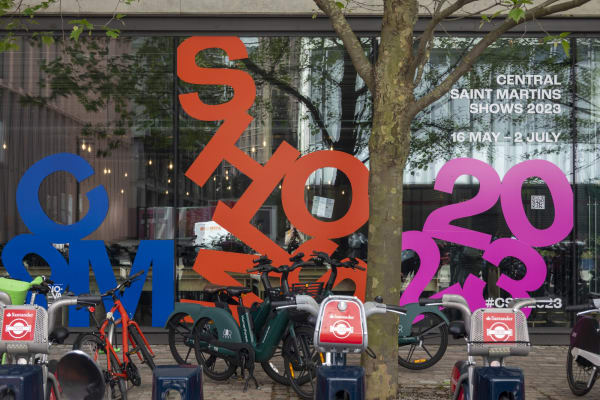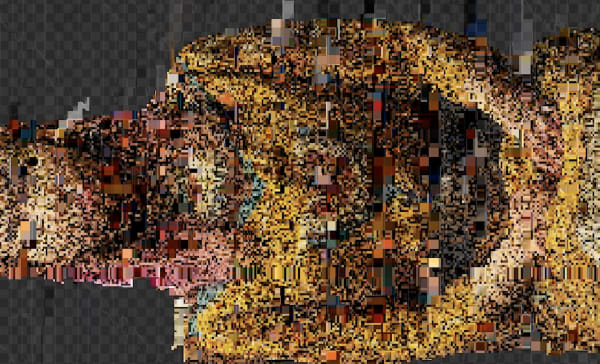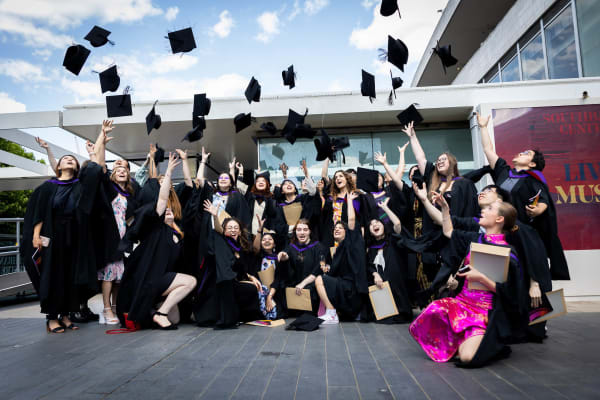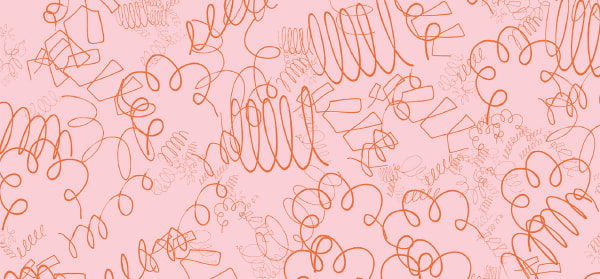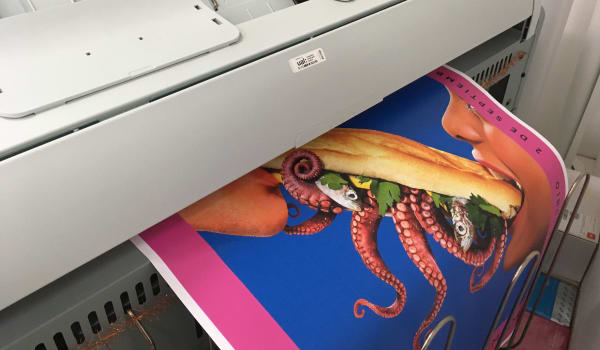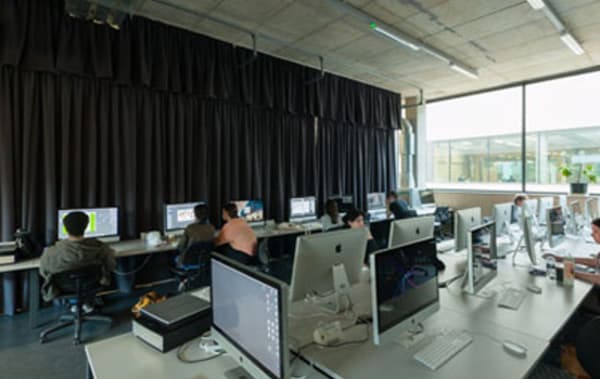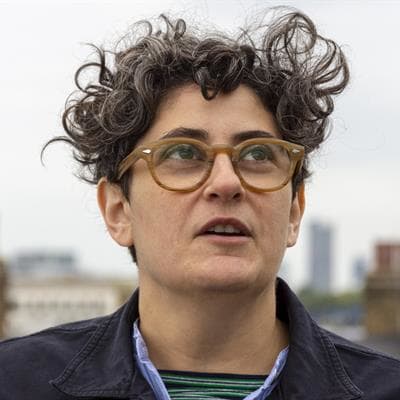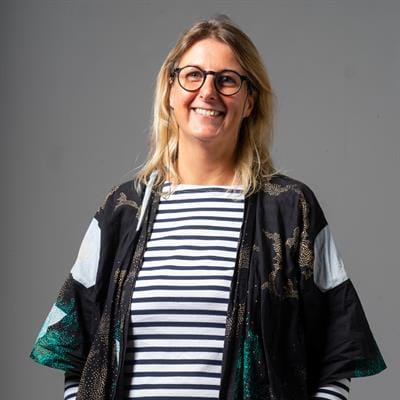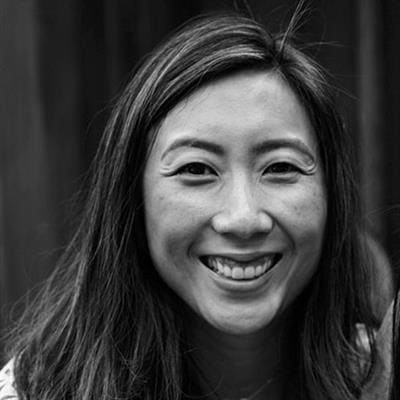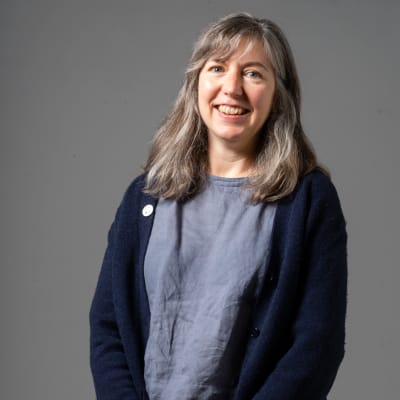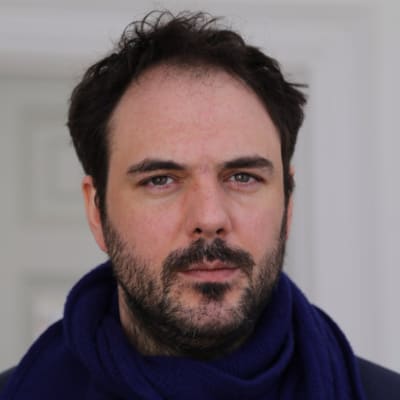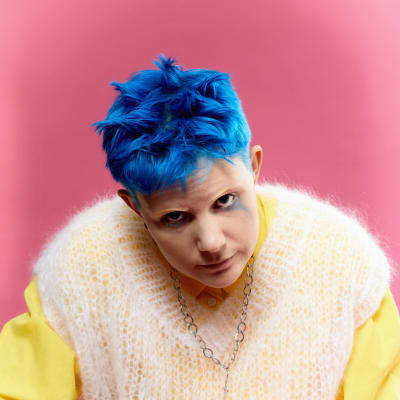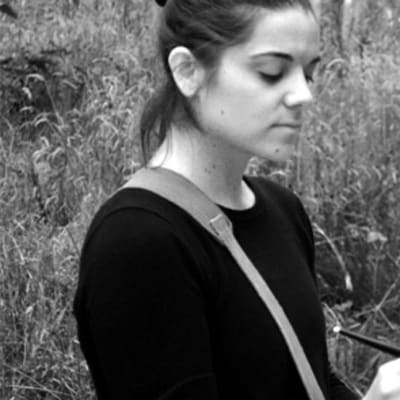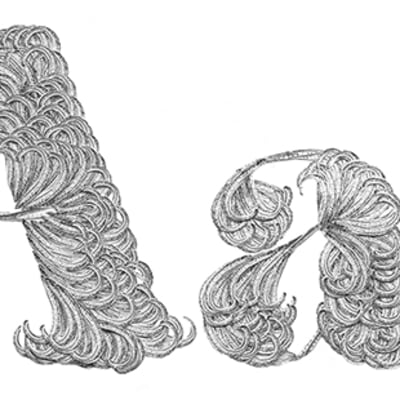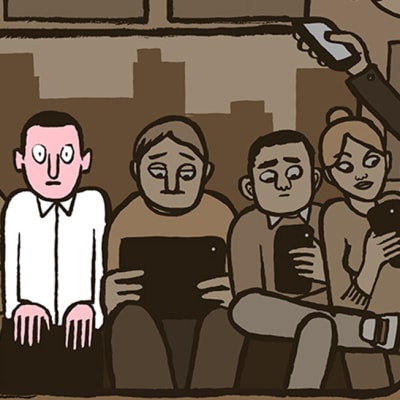Course units
Year 1 and Year 2 is comprised of a sequence of GCD Practices and Platform Units, each structured by a combination of project briefs, independent tasks and associated workshops, seminars, and lectures. A sequence of technical, theoretical and professional skill sets is embedded within the project briefs and associated teaching and learning activities.
GCD Practice project briefs adopt reading and writing as critical, reflective and evaluative activities which provide a theoretical and contextual framework for the practical application of traditional and contemporary media, methods, crafts and technologies used in the production of your work.
GCD Platform project briefs are written in relation to specific themes, issues or provocations that relate to contemporary design practice and require you to make work which considers content, form, communication and audience.
As you progress through the course, the relationship between GCD Practices and Platforms becomes progressively porous, with each student connecting distinct threads of practice. Likewise, the relationship between research, writing, and making become integrated as a unified process for investigation, critical reflection and production.
By the end of the course, you will work in a Community of Practice which is organised around your practice-based interests and supports your unique approach to graphic design. Each Community of Practice supports students in bringing their ideas and values to the co-creation of the future discipline.
Year 1
Unit 1: Introduction to GCD
Unit 2: GCD Practices 01
Unit 3: GCD Practices 02
Unit 4: GCD Platforms 01
The units in Year 1 will help you to acquire and develop a range of technical, practical and theoretical skills relevant to the discipline. You will also develop the necessary skills for independent, collaborative and community-based learning.
In Unit 1 you will work in collaboration with your peers on a project brief that responds to a real-world complex or “wicked” problem. This project will introduce the fundamentals of studying Graphic Communication Design at undergraduate level by orientating you to learning approaches, practices and knowledge bases needed to engage with your discipline.
This is followed by an introduction to GCD Practices in Unit 2, where you will work on a sequence of project briefs that encourage you to explore and experiment with technical and theoretical skills that relate to the five Graphic Communication Design practices – Computation, Contexts, Lens, Print Production and Typography.
In Unit 3 you will work on a sequence of GCD Practice tasks to further develop your understanding of the expanded landscape of Graphic Communication Design, conceptually, critically and in practice.
In Unit 4 you will experience three of the five GCD Platforms. Each Platform will set fast-paced project briefs which place an emphasis on exploring and experimenting with discipline-specific media and methods and how they can be used to communicate effectively. You will make connections between GCD Practices and Platforms through the application of the new knowledge gained from your Unit 3 projects within your Unit 4 projects which run in parallel.
Year 2
Unit 5: GCD Practices 03
Unit 6: GCD Platforms 02
Unit 7: GCD Platforms and Practices
Unit 8: Creative Unions
In Year 2 the sequence of Units will encourage you to become more self-aware about the trajectory of your practice. In Unit 5 you will use writing to review, investigate and reflect on the development of your practice in relation to both the work you are producing in Unit 6 and debates in the larger context of Graphic Communication Design.
In Unit 6 you will engage with two of the five Platforms. Each Platform will set project briefs that encourage iterative experimentation and interrogation of a diverse range of media and methods appropriate to your chosen Platforms. The connectivity between Unit 5 and Unit 6, which run concurrently, will enable you to consider your practice in relation to cultural, social and theoretical contexts of contemporary Graphic Communication Design and discover emerging themes that begin to inform your creative practice.
In Unit 7 you will work with a selection of GCD Practices (Computation, Contexts, Lens, Print Production, Typography) and up to two GCD Platform preferences. The uniting of GCD Practices and Platforms will encourage you to make meaningful choices about medium, method, theme and process. You will need to consider how these decisions can be used to communicate effectively with relevant audiences and how they inform the development and location of your practice in relation to the contexts of contemporary Graphic Communication Design.
Unit 8 is a College-wide, transdisciplinary unit where you will work collaboratively with students from other courses. You will engage with a wider field of socially engaged practices for a more ethical world.
Year 3
Unit 9: Situating Practice
Unit 10: Communities of Practice
In Unit 9 you will remain in your final Unit 7 GCD Platform and will continue working with both your GCD Platform and Practices tutors. The project briefs will progressively shift the emphasis to self-directed enquiry to support you in situating your practice.
In Unit 10 your practice and research interests are used to form Communities of Practice. Fusing your research, writing and making skills gained throughout the course you will produce an integrated portfolio of work that gives a clear articulation of your identity as a designer which will support your professional practice beyond graduation.
The working week
The Central Saint Martins building, workshops and GCD studios are vibrant and busy working environments where students learn together by being active and giving time to their studies. You should expect to spend 40 hours per week on active participation in teaching events such as lectures, workshops, seminars, group discussions, and on independent and collaborative practice. Students get the most from the teaching and learning environment and are most productive when they are fully committed to their practice and to each other.
Mode of Study
The course runs for 90 weeks in full-time mode. It is divided into three stages over three academic years. Each stage lasts 30 weeks.
You will be expected to commit 40 hours per week to study, which includes teaching time and independent study.
Credit and award requirements
The course is credit-rated at 360 credits, with 120 credits at each stage (level). On successfully completing the course, you will gain a Bachelor of Art with Honours (BA Hons degree).
Under the Framework for Higher Education Qualifications the stages for a BA are: Stage 1 (Level 4), Stage 2 (Level 5) and Stage 3 (Level 6). In order to progress to the next stage, all units of the preceding stage must normally be passed: 120 credits must be achieved in each stage. The classification of the award will be derived from the marks of units in Stages 2 and 3 or only Stage 3, using a dual algorithm.
If you are unable to continue on the course, a Certificate of Higher Education (CertHE) will normally be offered following the successful completion of Level 4 (or 120 credits), or a Diploma in Higher Education (DipHE) following the successful completion of Level 5 (or 240 credits).
